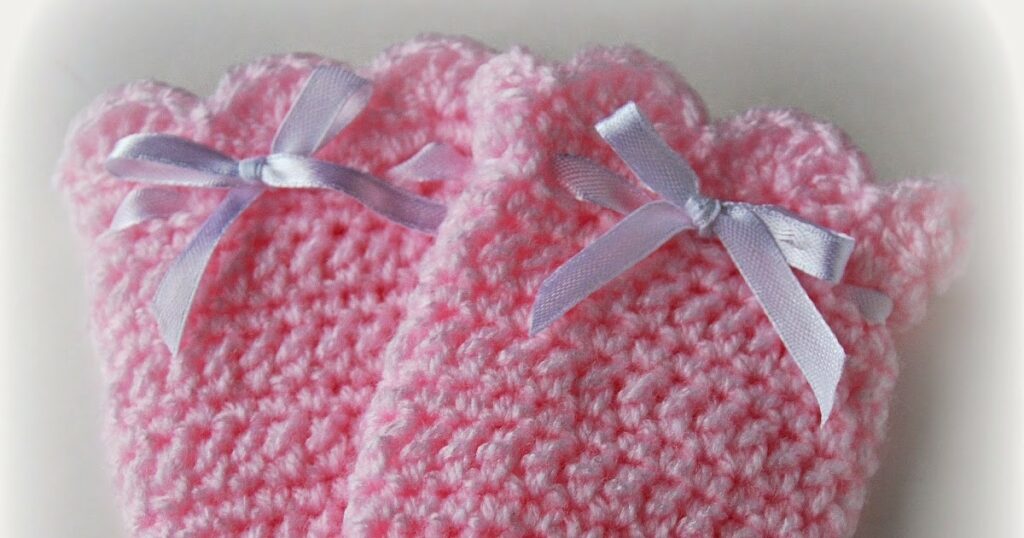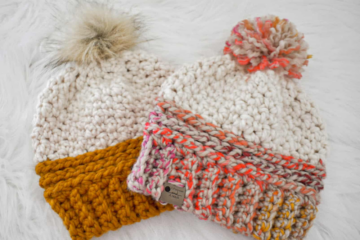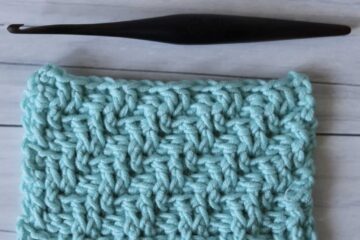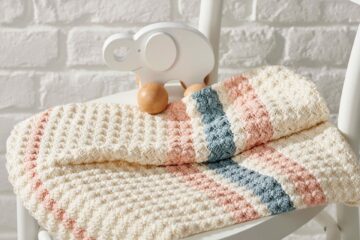Inviting a baby is the wholesome and best experience for a family. People work on the preparations in the best possible to welcome the newest member. This is such an exciting and memorable time for you and your family. As a new parent, it’s natural to have questions about how best to care for your little one, especially during those first few months.
One common question many parents have is why newborns need to wear mittens and for how long. At the same time, they may seem like adorable accessories, but newborn mittens also serve a practical purpose. Their primary function is to protect your baby’s delicate skin from accidental scratches caused by sharp nails.
In this article, we will provide you with all the information you need about crochet baby mittens. We’ll discuss how to choose the ones for your baby and provide tips on using them effectively.
So keep reading to ensure that your little one stays comfortable and protected!
Reasons to Use Crochet Mittens for the New Borns
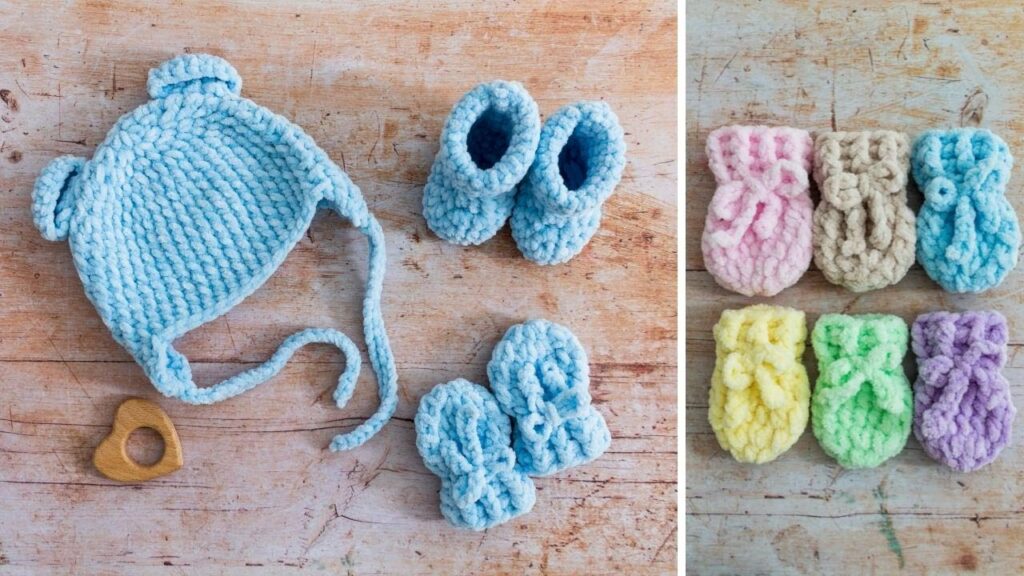
Baby mittens make an excellent first accessory for your baby. They offer several advantages over other types of mittens:
- Crochet newborn mittens are crafted from natural fibers like cotton, wool, or bamboo strands. These are breathable and hypoallergenic, making them gentle on your baby’s delicate skin. They won’t cause irritation or allergies.
- Newborn mittens are easy, even for beginners. You can choose any color, pattern, or design you like and tailor the size and shape to fit your baby’s hands perfectly. Feel free to add embellishments such as buttons, ribbons, or appliques to give the mittens a fun and unique touch.
- Crochet newborn mittens are designed to be durable and easy to care for. They can withstand regular washing and wear without losing their shape or color. You can machine wash them with mild soap and water or hand wash them. After washing, simply air dry them or tumble dry on low heat.
- It offers both affordability and sustainability. These baby mittens can be crafted using leftover yarn or recycled materials, making them a cost-effective option that helps reduce waste. By choosing to make your mittens instead of purchasing them from a store, you save money and have the opportunity to reuse them for future babies or donate them to charitable organizations.
Things You Need to Crochet Baby Mittens
To crochet newborn mittens, you will have to effectively work on the product and the materials that will be used to make the same; it is entirely non-negotiable as it is associated with the delicate skin of the babies.
1. Yarn
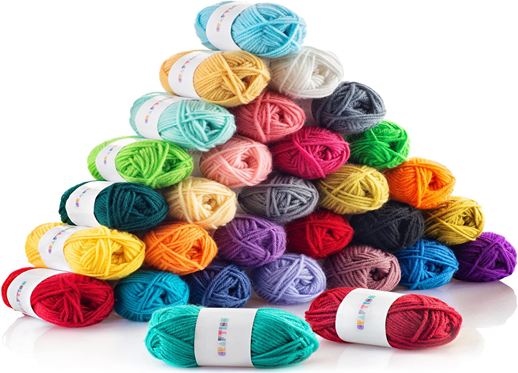
For making baby mittens, you can opt for any type of yarn that is safe and suitable for baby items. Popular choices include cotton, wool, or bamboo. Feel free to pick any color or combination of colors that appeal to you. The amount of yarn required will vary based on the size and quantity of mittens you wish to create. As a general guideline, a standard skein of yarn should be sufficient for one pair of mittens. Try CRAFTISS 30x20g Acrylic Yarn for your crocheting project.
2. Crochet Hook
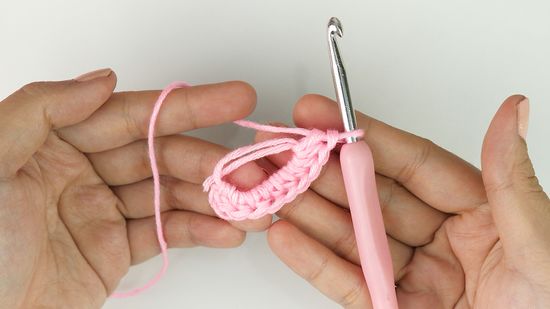
To crochet with ease and achieve the desired results, it’s important to use a crochet hook that corresponds to the weight and thickness of your yarn. You can find guidance on which hook size to use either by checking the label of your yarn or creating a gauge swatch. For baby items, a commonly recommended hook size is 3.5 mm or 4 mm.
3. Scissors
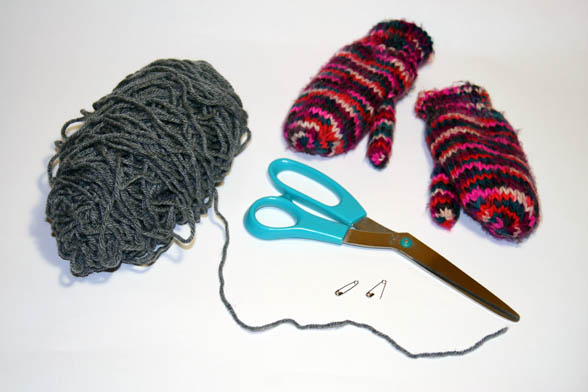
To complete your project or switch colors, it’s important to have a pair of scissors on hand. A tapestry needle is also necessary for neatly weaving in loose ends and repairing any gaps or holes in your mittens.
4. Stitch Markers
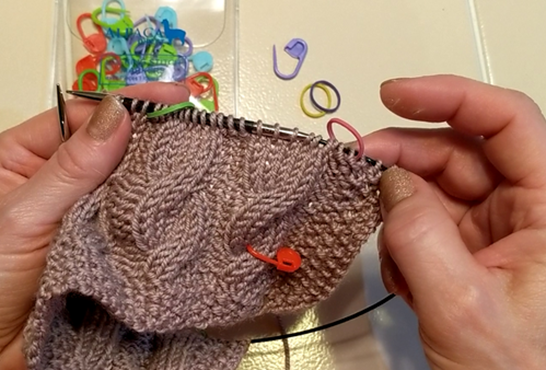
Additionally, stitch markers can be useful for marking the start and end of each round or indicating where to make increases or decreases according to your pattern. You can purchase stitch markers from a store or easily create your own using safety pins, bobby pins, or small lengths of yarn. You can also get a crochet kit for crocheting. Coopay Crochet Kit Beginners is ideal for beginners who want to do crocheting.
Essential Points to Adhere to Crochet Baby Mittens Easily
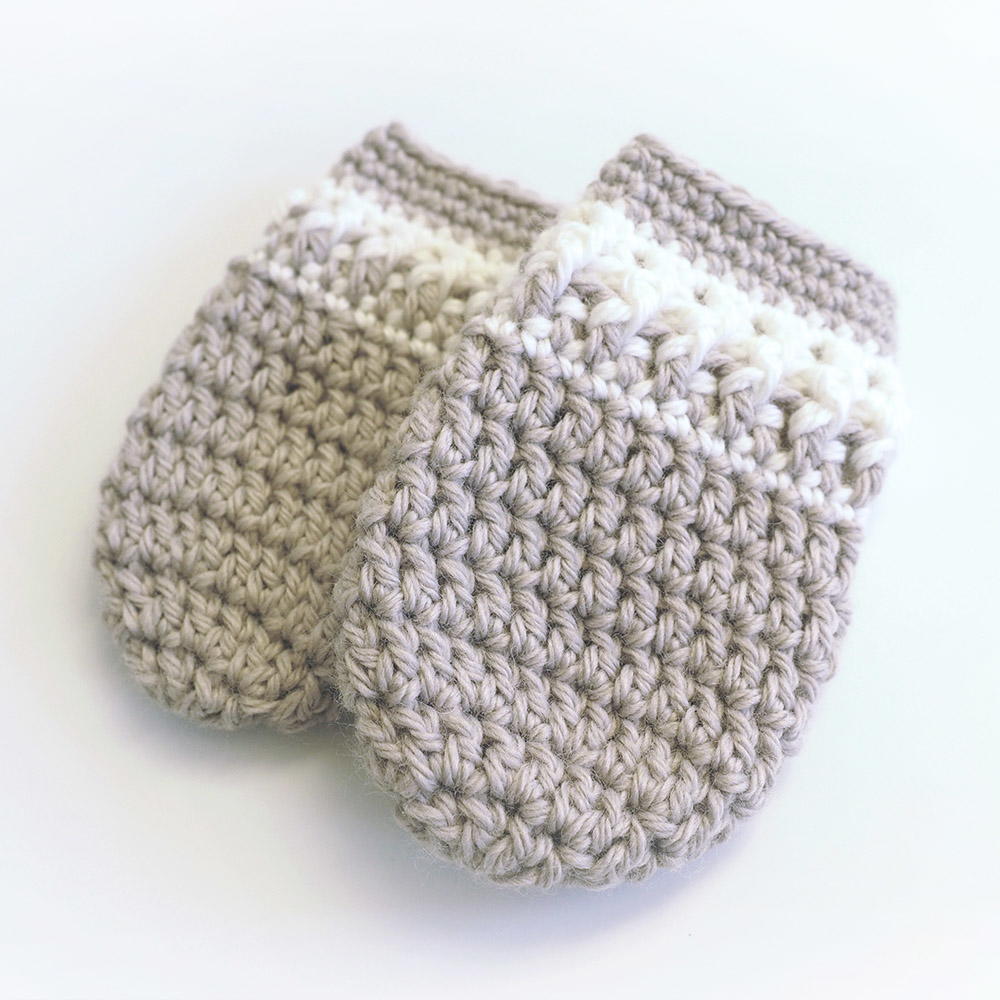
Crocheting baby mittens can be a fun and rewarding project, but it also requires some planning and preparation. Here are some key considerations for crocheting newborn mittens easily:
- When choosing yarn for your baby, it’s crucial to prioritize comfort and safety. Natural fibers like cotton, wool, or bamboo are excellent due to their softness, breathability, and hypoallergenic properties. On the other hand, synthetic fibers such as acrylic, nylon, or polyester should be avoided as they can cause irritation, allergies, or overheating. Don’t forget to carefully read the label on your chosen yarn for any specific washing instructions or warnings.
- The thickness and density of your yarn, known as the yarn weight, play a crucial role in determining the size, shape, and texture of your mittens. When making baby items like mittens, it is recommended to use a suitable yarn weight such as fingering, sport, or DK. Additionally, choose a crochet hook that matches the yarn weight for optimal results.
- When it comes to crocheting baby mittens, a pattern is like your personal guide. It provides detailed instructions and helpful diagrams to help you create the perfect pair. It’s essential to choose a pattern that suits your skill level, matches your preferred style, and aligns with your desired outcome. You can easily find a wide range of free and beginner-friendly patterns online. Alternatively, if you feel adventurous, you can even create your pattern by following some simple steps and taking accurate measurements.
- Before you begin crocheting baby mittens, ensure you have the necessary tools on hand. You’ll need scissors, tapestry needles, stitch markers, and a pattern. Having these tools ready and organized will help prevent interruptions or difficulties during your crochet process. Keeping them accessible will also make your work easier and more efficient.
Step-By-Step Tutorial to Crochet Baby Mittens
Here are the steps you need to follow to crochet baby mittens:
Step 1: Make the Top of the Mitten First
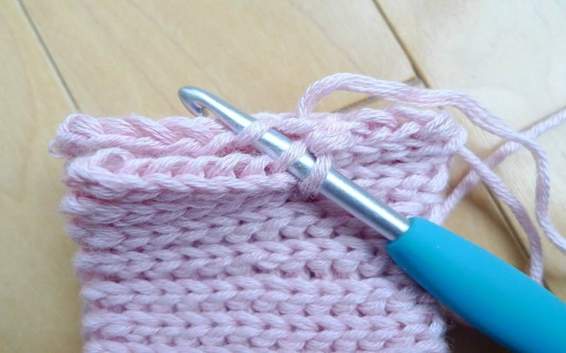
To create the top of the baby mittens, start by crocheting a flat circle that will fit the baby’s hand. You can use different stitch patterns, like single crochet, half double crochet, or double crochet. The circle size will vary depending on the baby’s hand size and your yarn and hook gauge. As a general guideline, aim for a newborn-sized mitten by making the circle approximately 2.5 inches in diameter.
Step 2: Select Medium or Light Weight Yarn
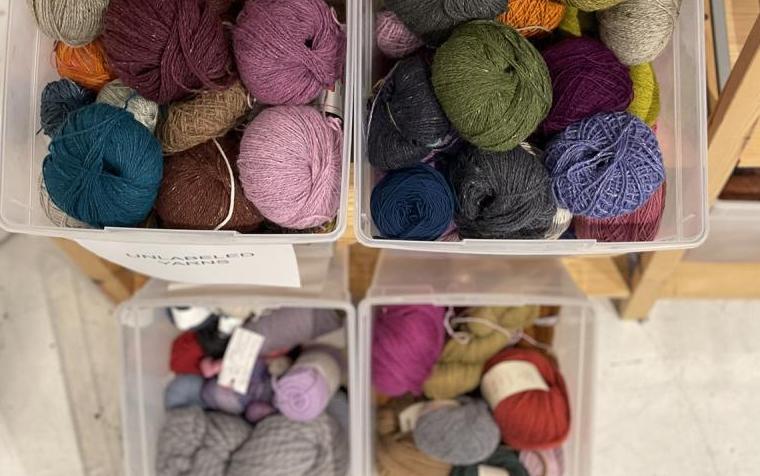
When choosing yarn for baby mittens, it’s important to select a soft and warm option that is gentle on the baby’s delicate skin. You have the freedom to choose any color or pattern that you prefer, but be mindful of using medium or lightweight yarn. To ensure a proper fit, ensure your crochet hook matches the size of your chosen yarn. A recommended hook size for medium-weight yarn is 4 mm (G), and for light-weight yarn is 3.5 mm (E).
Step 3: Create the Magic Loop

To begin crocheting the top of the mitten, you will first create a magic loop. This technique lets you form a circular shape without leaving a hole in the center. To create a magic loop, start by wrapping the yarn around your fingers and crossing it over itself. Next, insert your hook under the first strand and pull up a loop. To secure the loop, chain one stitch. Now, you can begin working your first round of stitches into the loop. If you prefer a visual demonstration, you can watch this helpful video guide.
Step 4: Time to Focus on the Stitches in the Magic Ring
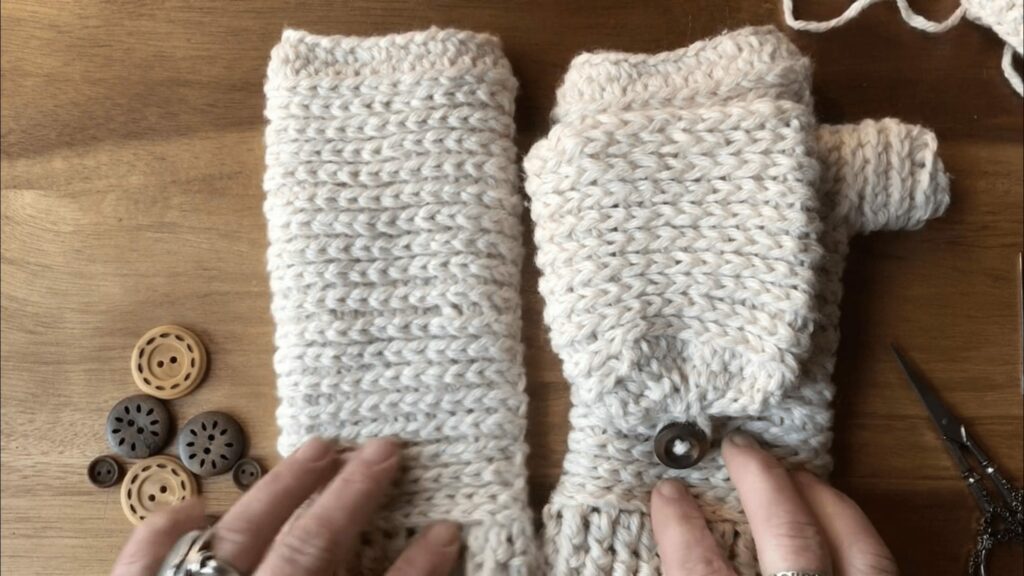
In this tutorial, we will be using single crochet stitches as our example, but feel free to use any stitch pattern you prefer. To create a single crochet stitch, start by inserting your hook into the loop, then yarn over and pull up a loop. Next, yarn over again and through both loops on your hook. To begin, make six single crochet stitches into the magic loop. To close the round, gently pull the tail of the yarn to tighten the loop and then join with a slip stitch to the first stitch.
Step 5: Make the Ribbed Cuff
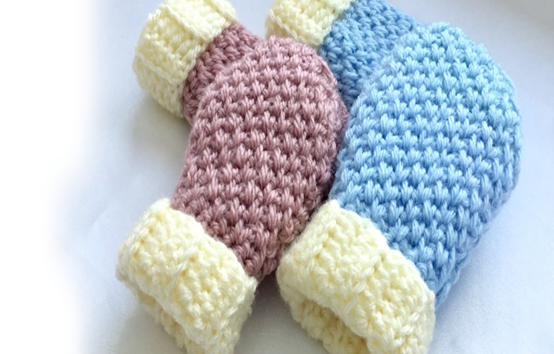
Once you’ve completed the main section of the mitten, it’s time to create the ribbed cuff that will go around the wrist. To achieve this, switch to a smaller hook size like 3 mm or D and use back loop only single crochet stitches. This means you’ll insert your hook into the back loop of each stitch, leaving the front loop unworked. The ribbed texture of the mitten cuff is created by using a back loop, only single crochet stitches. You should work approximately 18 rows or adjust the length to your preference. This stitch creates a stretchy and snug fit for the cuffs.
Step 6: Cut the Tail of the Yarn
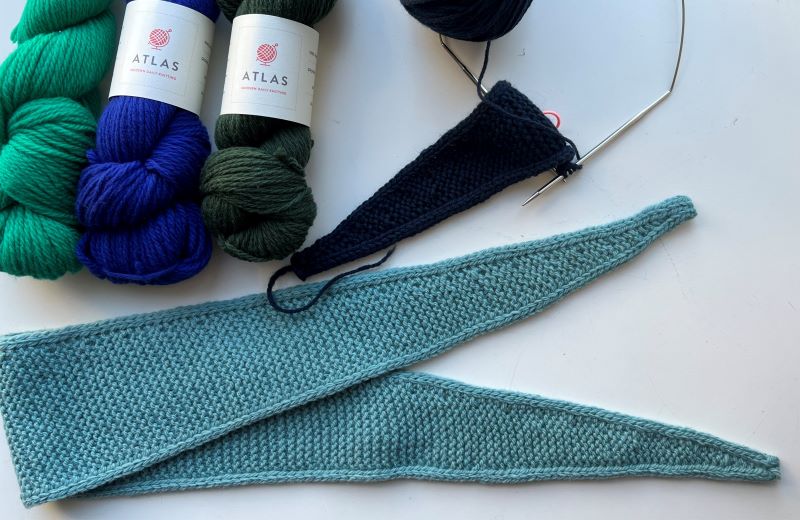
To complete your baby mittens, cut the yarn tail, leaving a few inches. Then, pull it through the last stitch on your hook. Use a yarn needle to weave in any loose ends. To add some extra flair to your mittens, consider adding buttons, pom poms, or even embroidery. Well done! You have created a pair of absolutely charming newborn mittens.
How Long a Newborn Baby Should Wear Newborn Mittens?
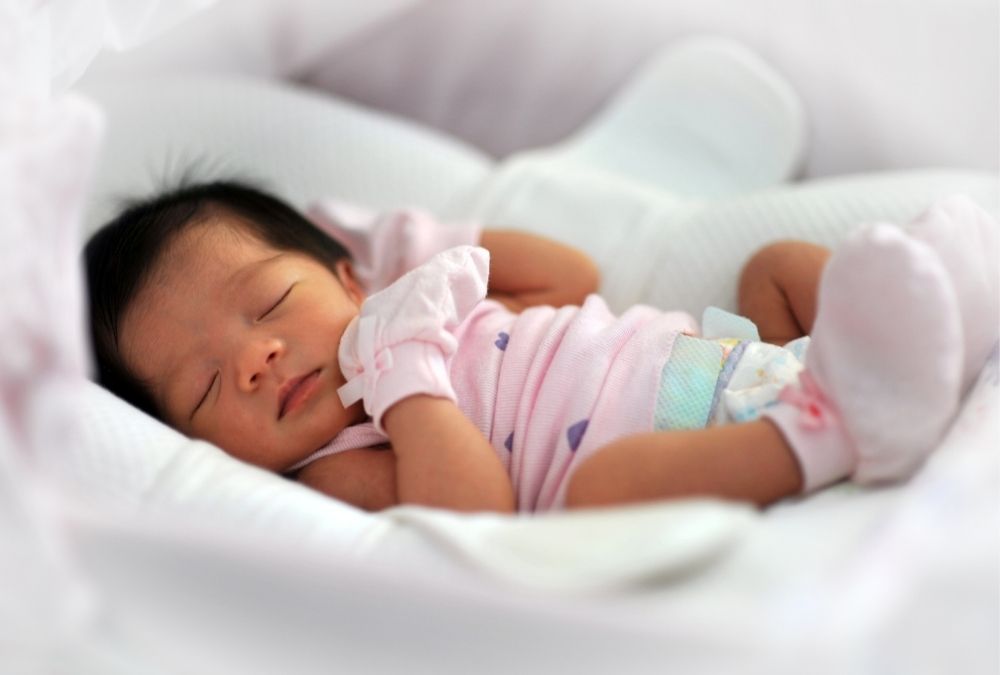
Many new parents often wonder how long newborn babies should wear mittens. While there isn’t a definitive answer to this question since different experts may have varying opinions, here are some general guidelines and tips:
- Newborns may wear mittens for various reasons, such as preventing them from scratching their delicate faces with sharp nails, keeping their hands warm, or minimizing exposure to germs and infections.
- However, it’s essential to note that mittens are not essential for newborns, and some experts suggest they might hinder sensory development and exploration of the environment. They can also cause the baby’s hands to sweat and become irritated.
- Experts generally recommend that newborns wear mittens for a maximum of two weeks. After that period, it is beneficial to allow the baby to use their bare hands to explore and interact with objects. To minimize the risk of scratches, parents can regularly trim their baby’s nails.
- If choosing to use mittens, it is essential to select soft and breathable cotton materials and ensure a proper fit that doesn’t easily fall off. Additionally, washing the mittens frequently and replacing them if wet or soiled is advisable.
How to Safely Keep the Mittens on Your Newborn Babies?
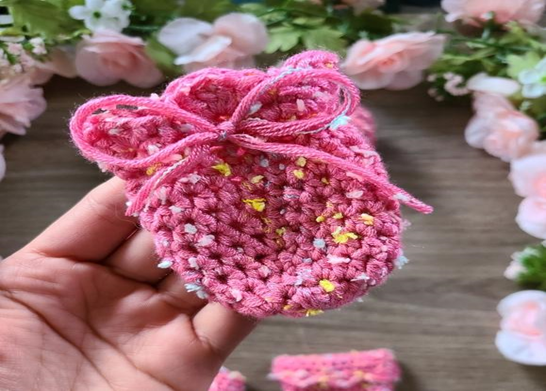
Keeping mittens on newborn babies can be challenging, as they often try to remove them or easily misplace them. However, there are several reasons you might want your baby to wear mittens. They can help prevent them from scratching their delicate faces, keep their hands warm, and minimize exposure to germs and infections. Here are some tips for securely keeping the mittens on your newborn babies:
- Select mittens that are the appropriate size and type. They should fit comfortably, neither too tight nor loose, and have a secure band or strap around the wrist to prevent them from slipping off. Avoid mittens with strings, tassels, or ties that could be a choking hazard.
- Before putting the mittens on your baby, ensure their hands are clean and dry. Sweaty or dirty hands can cause the mittens to slip off more easily. You can also apply lotion or cream to moisturize and protect your baby’s skin.
- It’s essential to time the placement of mittens on your baby appropriately. If you put them on too early or too late, your baby may remove them immediately. However, if you wait until your baby feels cold, they may resist wearing them altogether. The best approach is to put the mittens on when your baby is calm and relaxed and try distracting them with a toy or a song to make the process smoother.
- Avoid keeping mittens on your baby’s hands for extended periods, which may hinder their sensory development and exploration. Mittens can cause discomfort and excessive sweating. Experts suggest that newborns should wear mittens for a maximum of two weeks, after which it is beneficial to allow them to use their bare hands to engage with their surroundings. Keeping your baby’s nails trimmed regularly can help prevent accidental scratching.
Newborns Baby Mittens: Takeaway
Newborns require the protection of mittens to prevent their delicate skin from getting scratched. Baby mittens also provide warmth in cold weather or air-conditioned rooms.
However, it’s important to note that prolonged use of mittens can hinder the development of a baby’s fine motor skills, which are crucial for learning to grasp and manipulate objects.
Therefore, it is recommended only to use mittens for the first month after birth. Afterward, parents should supervise their babies without mittens, allowing them to explore their surroundings with their bare hands and enhance their fine motor skills.
Including mittens on your baby’s registry is essential. It’s important to have an ample supply of clean and comfortable mittens for your baby at all times. Plus, it’s a good idea to have extra pairs on hand in case any go missing during laundry or other activities.
Frequently Asked Questions
How to Crochet Mittens for Newborn Babies?
You’ll need a small crochet hook and soft yarn. Make a foundation chain that fits the baby’s wrist comfortably. Work in rounds to shape the body of the mitten, increasing stitches gradually until the desired length. Finally, create a small opening for the thumb and close off the top of the mitten.
Are Crochet Newborn Mittens Affordable?
Crocheted baby mittens are generally affordable. The materials needed, like yarn and a crochet hook, are relatively inexpensive. Not only is this a cost-effective option for keeping a newborn’s hands warm, but it also adds a special touch to their wardrobe.

